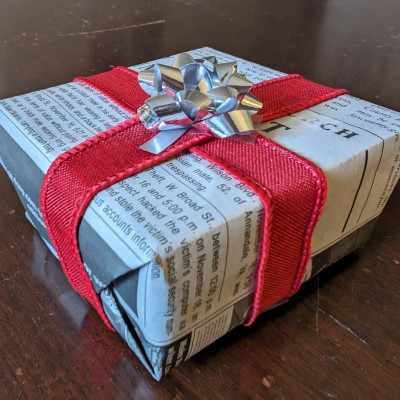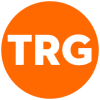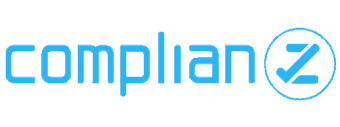Matchmaking: A TRG Approach to Getting Media Coverage

When people ask me what I do, I sometimes say I’m a matchmaker — but not the romantic kind. I match our clients’ needs and narratives with the needs of journalists to bring attention to the organizations’ expertise, accomplishments and issues. In the jargon of public relations, I specialize in earned media.
To be an effective matchmaker — whether the desired result is a romance or a media splash — you need to be familiar with both parties to a potential union. In my media relations role, I pay close attention to client goals and priorities and take every opportunity to learn the nuances of their work. I’m constantly on the lookout for newsworthy nuggets and new resources that would appeal to journalists.
At the same time, I am immersed in the world of journalism, particularly in health care — the primary domain of most of our clients. This dual expertise allows me to orchestrate matches that work for both journalists and for our clients.
At The Reis Group, we’ve honed several techniques for matchmaking to secure impactful media coverage. Tactics include “newsjacking,” creating finely targeted pitches and packaging together multiple elements to make it easy for reporters with limited resources to create compelling stories.
“Newsjacking”
When a major political figure had a heart attack, we reached out to journalists who we thought might want to interview a medical expert to explain the situation, and we landed interviews with The Washington Post and Reuters with a cardiologist from a hospital client. We knew this story was ripe for this approach because it was big enough to be newsworthy for at least another day, and health reporters from major outlets would be eager to get in on the coverage with a sidebar or a piece of the main story.
Targeted Pitching
For a client that supports refugees relocating in the Washington D.C. area, we used a targeted pitching approach to generate media interest in their work. Working on another project with this group, we learned about their efforts to help newcomers who had advanced degrees from their home countries gain credentials that would allow them to use their professional skills in the U.S. Highly skilled immigrants, such as doctors, lawyers and economists, often must work in convenience stores or drive Ubers because their credentials don’t transfer. We knew highlighting this problem would make a compelling story for local journalists that would also bring attention to our clients’ important work. We landed interview opportunities with a local NPR reporter for our client and professionals they were helping.
Packaging
Understanding the challenges faced by smaller media outlets, we try to package multiple elements of a story so that overworked reporters can get the complete story with minimal effort. We were recently tasked with generating coverage for more than a dozen federally funded health care informatics training programs around the country, including Native American communities served by the University of Minnesota’s program. We wrote a short blurb about the effort that could easily be pasted into various newsletters and publications of the many tribes served by the program, and we paired it with a pitch for interviews with the Native American coordinator of the program. Some larger national outlets and tribal publications took us up on the interview, while many smaller local and tribal outlets published the complete article we provided.
From promoting health care informatics training programs to ensuring local coverage of COVID-19 vaccination clinics, this packaging approach involves creating concise, ready-to-use content, which can include brief ready-to-use news items, interviews and photos with captions that make it convenient for editors to run our stories, particularly in small, less resourced outlets.
By understanding how journalists operate and appreciating their distinct and pressing needs, we create successful strategies for getting our clients in the news. By knowing when to jump in on major stories, how to target compelling narratives and packaging stories for effortless pickup, we consistently get meaningful media coverage for our clients. In today’s complex world of media, it’s all about knowing when and how to make that special match.




